Every parent has been there. You're tired, you know your child is tired, but they can't seem to sleep. If your family has trouble sleeping, there are some simple kids' sleep hacks you can try so everyone can get a better night's rest.
Discover 18 ways to sleep better, including children's sleep aids, tips to prevent and resolve sleep problems, and unique hacks.
Healthy Sleep Habits: The Basics
When it comes to sleep, kids need help to create good habits. A strong sleep routine is the first building block for success, no matter what age group your child belongs to. Here are the basics.
1. Create a Short Bedtime Routine
Ideally, a bedtime routine should be short and include only a few simple steps. For example:
- Brushing teeth
- Changing into pajamas
- Reading a book
You can help your toddler or preschooler follow a bedtime routine by creating a chart with pictures showing each step.
Older children usually have an easier time remembering all the steps in a routine. However, if your child has trouble, you can also create a chart for them and include extra details, such as what time their routine should begin.
2. Create a Cozy Bedroom or Nursery
As much as possible, design your child's bedroom in a way that will foster good sleep. Consider including elements that also boost your child's independence, such as a floor bed. Using a Montessori floor bed can help reduce bedtime struggles and make bedtime routines a little easier.
Also, consider elements that can improve sleep, such as curtains and the room temperature. Ideally, the room should be on the cool side. Curtains can help keep light out of the room, improving sleep.
3. No Screens Before Bed
One essential rule for healthy sleep is to avoid screens for half an hour to one hour before bedtime. Experts say that the blue light from screens can disrupt sleep by limiting melatonin production. Melatonin is a hormone that helps children feel sleepy.
However, it's not just blue light that can interfere with sleep. The activity on screens, such as videos or games, can also stimulate children, rather than calm them down.
4. Be Consistent
The best bedtime routine for kids is a consistent routine. A regular bedtime not only ensures your child gets enough shut-eye, but it also promotes healthy sleep patterns.
Consistency in bedtime and routine results in many benefits such as:
- Children are able to fall asleep faster
- Children sleep longer
- Children wake up less during the night
- Improved mood and emotional regulation
- Improved behavior
5. Consider Using a Night Light
A dim night light can calm your child's fear of the dark. When choosing a nightlight, consider options with color choices such as yellow, orange, and red. Blue light can interrupt melatonin production, making it harder for your little one to fall asleep.
The best night light for your child provides comfort while also creating a dark, relaxing sleep environment. See our top picks for night lights here.
6. Avoid Caffeine
Caffeine from tea, coffee, or soda can impact sleep quality hours before bed. Eight ounces of brewed black tea and cola have 48 and 33 grams of caffeine respectively. That means a 16 ounce drink nears the amount of a cup of coffee.
Ensure your child doesn't have caffeine a minimum of eight hours before bed. Also, keep in mind that caffeine can do more than just make it hard for your child to fall asleep. It can also have a negative impact on sleep quality.
7. Know Your Child's Sleep Needs
Every child is different and their needs often change over time. Knowing about how many hours of sleep your child needs is the first step to setting appropriate bedtimes. You can determine your child's wake-up time and work backward based on how many hours of sleep they need.
This chart, based on the American Academy of Pediatrics is an excellent starting point for determining your child's needs.
| Age | Hours of sleep required |
| 4 to 12 months old |
12 to 16 hours (with naps) |
| 1 to 2 years old |
11 to 14 hours (with naps) |
| 3 to 5 years |
10 to 13 hours (with naps) |
| 6 to 12 years |
9 to 12 hours |
| 13 to 18 years |
8 to 10 hours |
Also, consider your child's needs based on activities and changes in schedule. For example, as a mom, I've noticed my children need an earlier bedtime at the start of the school year. The excitement around the new year means it takes them a little longer to fall asleep. So, an earlier bedtime gives them some leeway.
Need more help? Get a pediatrician's practical tips and advice about sleep for babies and toddlers.
8. Check for Medical Issues
If your child struggles with sleep even after implementing routines, be sure to check with your pediatrician. Medical concerns like allergies, nutrient deficiencies, or GERD may be affecting your child.

Natural Sleep Aids for Kids: Bedtime Success Starts in the Morning
Activities throughout the day can impact your child's sleep. The best natural sleep aids for kids are easy to add to your daily routines. Here are some activities to consider adding to your routines:
9. Outdoor Time: Natural Melatonin for Kids
Research shows that getting sunlight during the day can help regulate the circadian rhythm. This means that spending time outdoors and getting some natural sunlight can help your child make enough melatonin to feel sleepy at night.
Getting sunlight early in the day is ideal, but anytime will help. You can get outdoor time by walking to school, stopping by the park, or going for a daily walk.
10. Stimulate the Proprioceptive System
Young children are developing their proprioceptive system, the system that knows where your body is in space. Deep pressure, jumping, and climbing help activate this system.
Activiting the proprioceptive system can bring on feelings of calm and enhance self-regulation. At home, you can stimulate this system by:
- Climbing. Try our Pikler Triangle Set or take your child to a playground.
- Deep pressure touch. Try gentle massage or apply gentle, firm pressure to your child's arms.
- Give your child a big bear hug.
11. Stimulate the Vestibular System
Have you ever noticed how children love spinning, rocking, and getting dizzy? This activates the vestibular system, which is the body's processing center for balance. Activities like rocking and spinning can relieve stress and anxiety, which in turn can improve kids sleep. You can easily stimulate your child's vestibular system:
- Rocking. Try our Balance Board, a rocking chair, or a hammock.
- Spinning on a merry-go-round, swing, or just spinning in circles.
12. Get Exercise
Physical activity is good for children's health overall. It can also help your child fall asleep faster and sleep for longer. Try our obstacle course ideas to stay active indoors.
Unique Hacks: How to Fall Asleep Fast for Kids
If you still need more tips on how to improve kids sleep, here are some additional hacks to try.
13. Try a Meditation
Read your child a meditation or play one on a speaker, helping your child drift off to sleep.
14. Make a Burrito Baby
Roll your child up tightly in a blanket, turning them into a "burrito." This can help stimulate their propioceptive system and bring a sense of calm. Repeat the exercise a few times.
15. Play Music, White Noise, or an Audiobook
Calming classical music or white noise can help your child relax for sleep. Or try playing a boring audiobook.
16. Try Bedtime Tea
Herbal teas like mint or chamomile are safe options that can help your child unwind in the evening. If you're potty training, make sure you give the tea at least an hour before bedtime.
17. Consider a Weighted Blanket
If your child is old enough for a weighted blanket, this hack can improve your child's sleep.
18. Create a Monster Ritual
Does your little one worry about monsters under their bed or in the closet? You can calm their fears by adding a monster ritual to your bedtime routine. Look under the bed with a flashlight. Or, label a spray bottle as "Anti-monster spray" and let your little one spray the monsters away.
Do you have any bedtime hacks that improve sleep in your family? Tell us about your experiences in the comments below.
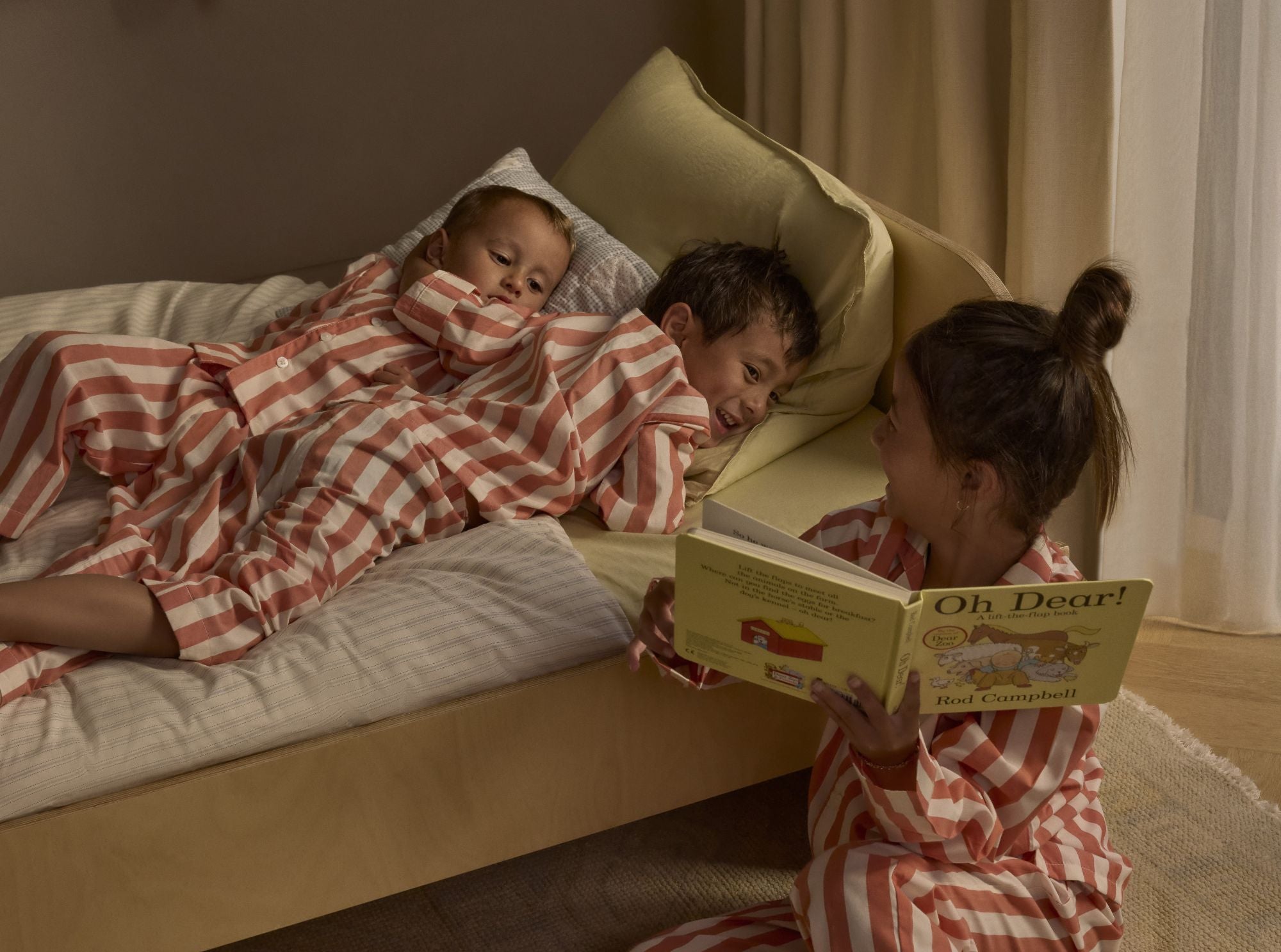

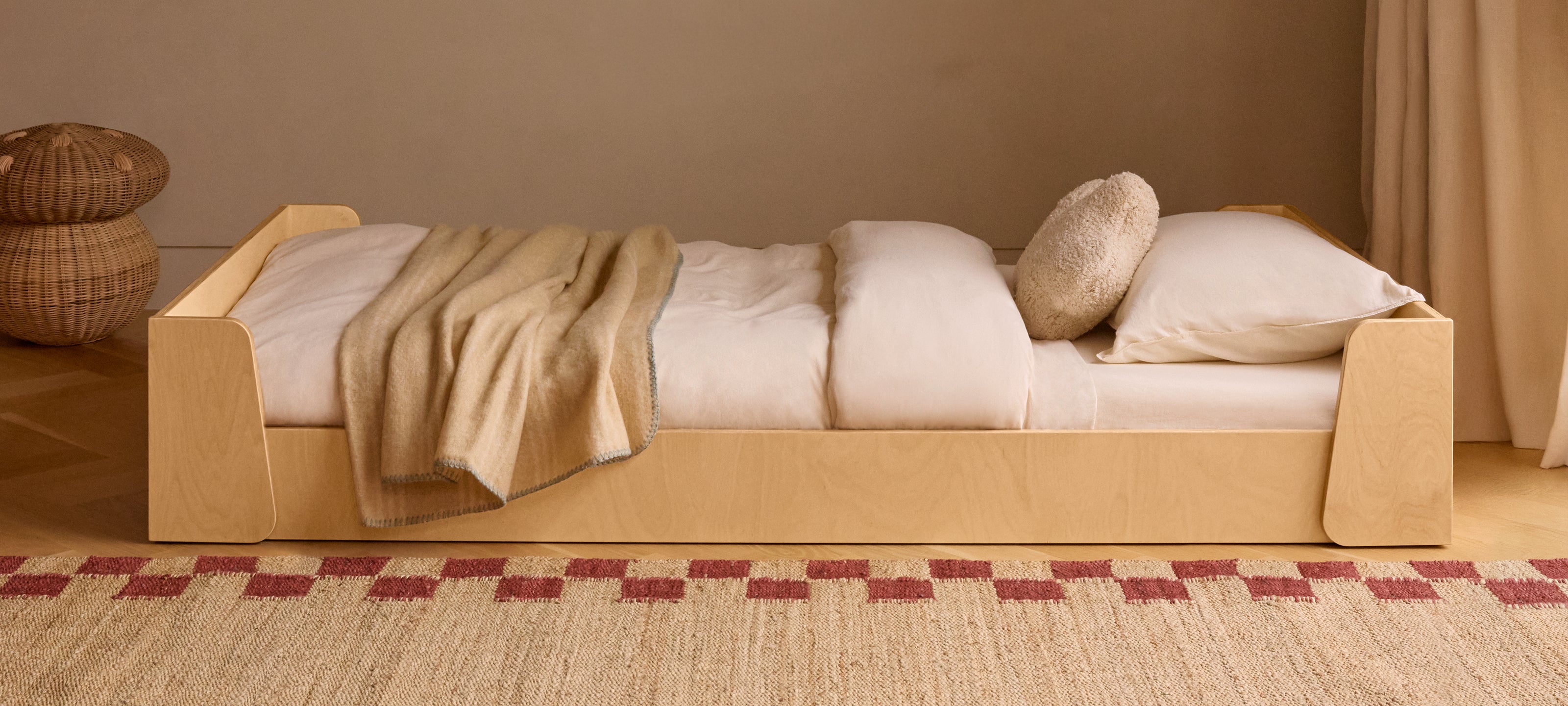
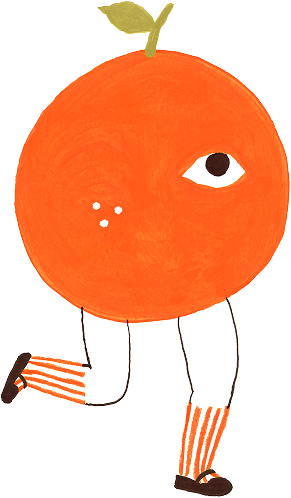
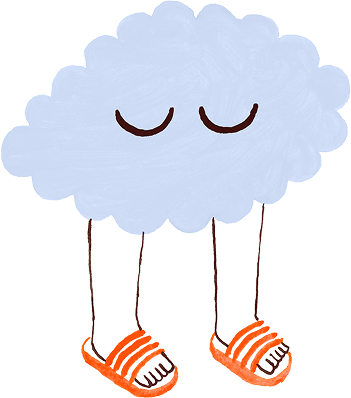
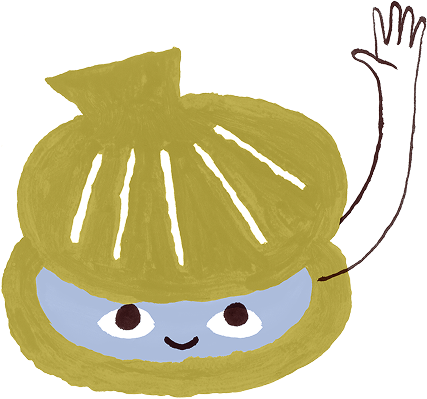
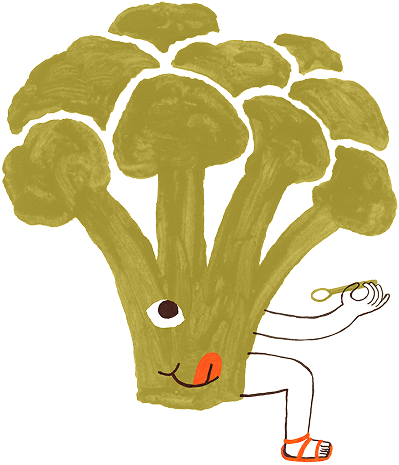
Leave a comment
This site is protected by hCaptcha and the hCaptcha Privacy Policy and Terms of Service apply.